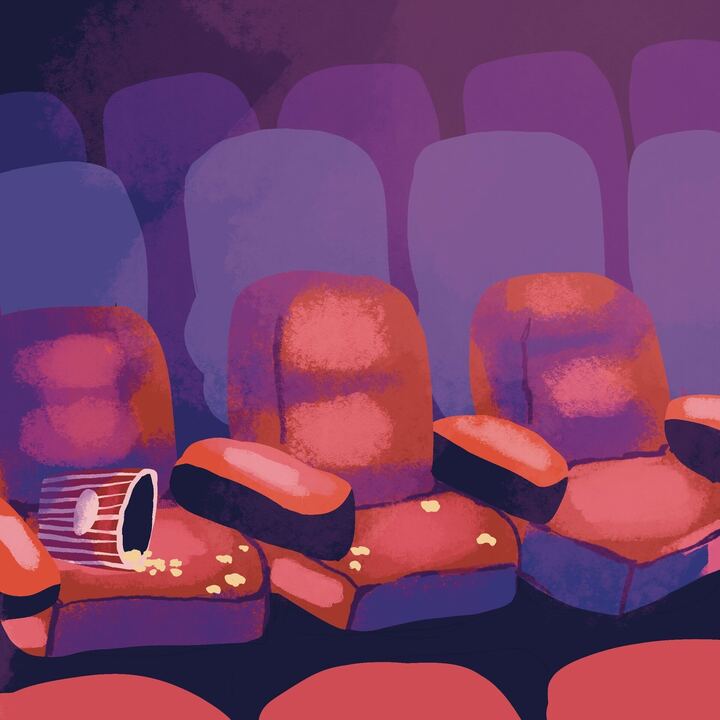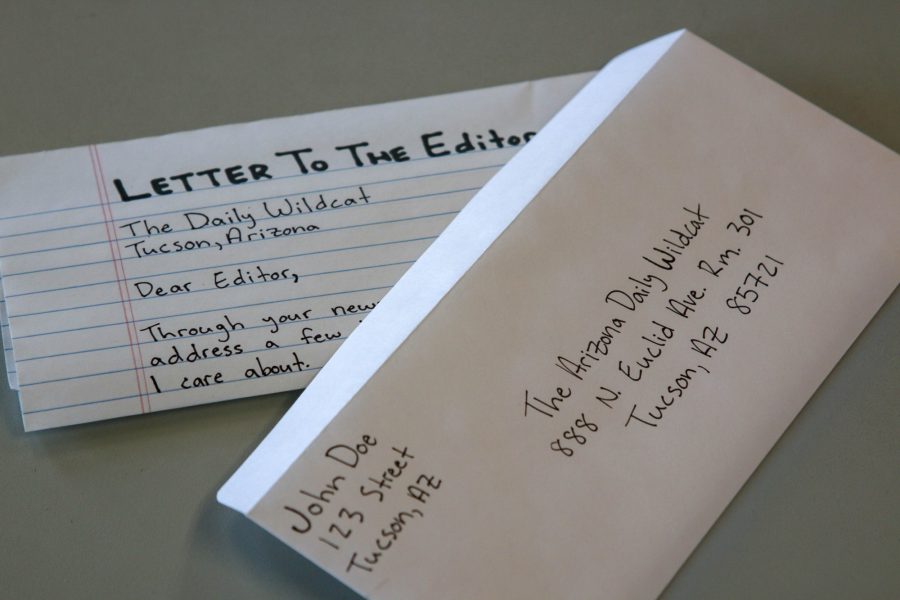These days, city and university bigwigs appear pretty juiced about the proposed streetcar plan. This plan is meant to pump new life into downtown revitalization efforts, which are now in their third decade.
As reported in the Arizona Daily Star, the city hopes a streetcar will leave a slew of budget-balancing development opportunities in its wake of low-emission. Meanwhile, the UA is primarily seeking something that will reduce car-based crowding around campus, especially with UA President Robert Shelton seeking to add 14,000 students in coming years.
It seems a decent enough concept — if only the city could pay for it. Indeed, the funding quandaries are so diverse and convoluted that it wouldn’t be prudent to enumerate them in full here. The main point is that it’s questionable whether this project — like the bulk of its Rio Nuevo brethren — will ever get past the “”we’re broke but optimistic”” stage.
Even in the best-case scenario, the first routes – which might end up running down University Boulevard – won’t be operational until 2012 at the earliest. In theory, this is especially bad on our end. This plan provides no alternative route for faculty and students living near downtown. Ditto for their counterparts near campus who want to visit them but have to clog up University Boulevard and Park Avenue in the meantime. Unless they walk. Or bike.
Wait a second. Walking? Biking? Using one’s natural, cost-minimal, emissions-abstinent resources? Hell, you could even add rollerblading, skateboarding, longboarding and tricyling to the list (to say nothing of jogging, running, skipping and cartwheeling).
This is not to disparage those individuals who are honestly trying to figure out innovative and exciting ways to get us from one place to another efficiently. And I won’t mention that the city gets compensated with our tax money regardless of success.
No, the thrust here is thus: It takes about 45 minutes to walk the projected four-mile route from University Medical Center to the west side of the Santa Cruz River. And that’s only if you have a particularly obnoxious rock in your shoe and feel too tired (perhaps from overexertion) to dislodge it. Is that really so inconvenient as to justify this project’s $178 million price tag?
That kind of money builds a lot of bike lanes. Seriously. Bike lanes cost about $50,000 per mile. Let’s double that figure, just for fun. Do some quick math, and that leaves about $177.6 million to work with.
Now, take the approximately 50,000 students and faculty now at the UA. For the remainder of the funds, you could give each and every one of them professional-grade helmets, pads and road bikes. The package wouldn’t diminish much in quality even if you add in the, oh, 15,000-20,000 students and faculty the school intends to add by some indeterminate date.
Yes, this is all very unrealistic and grandiose. But, think about the benefits. If people walked, biked, rode, etc., over the proposed route and cars were effectively, if not officially, banned, then that would solve the congestion problem altogether, wouldn’t it? Physical and mental health of participants would almost certainly go up, thanks to the exercise. It could be a social experiment that inspires cities just as Portland’s streetcar experiment now inspires ours.
Moreover, there’s a certain value in questioning a line of thinking that fails over and over again and yet still seems to get just enough proponents to make us suffer for the foreseeable future. This project has precisely the same foolish underpinnings as the failed national stimulus plans (upon which the city is depending for a huge grant, by the way). Authority figures A through Z try to sell us on a concept which, in reality, requires way too many social and economic variables to line up in order to be even moderately effective.
And, regardless of success, we’re paying for it.
— Tom Knauer is a first-year law student. He can be reached at letters@wildcat.arizona.edu.








